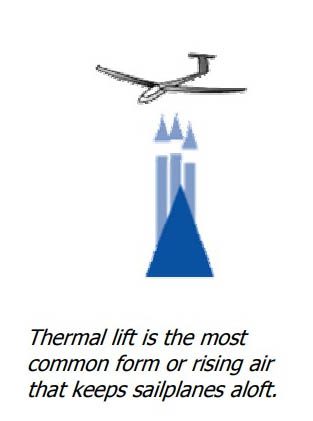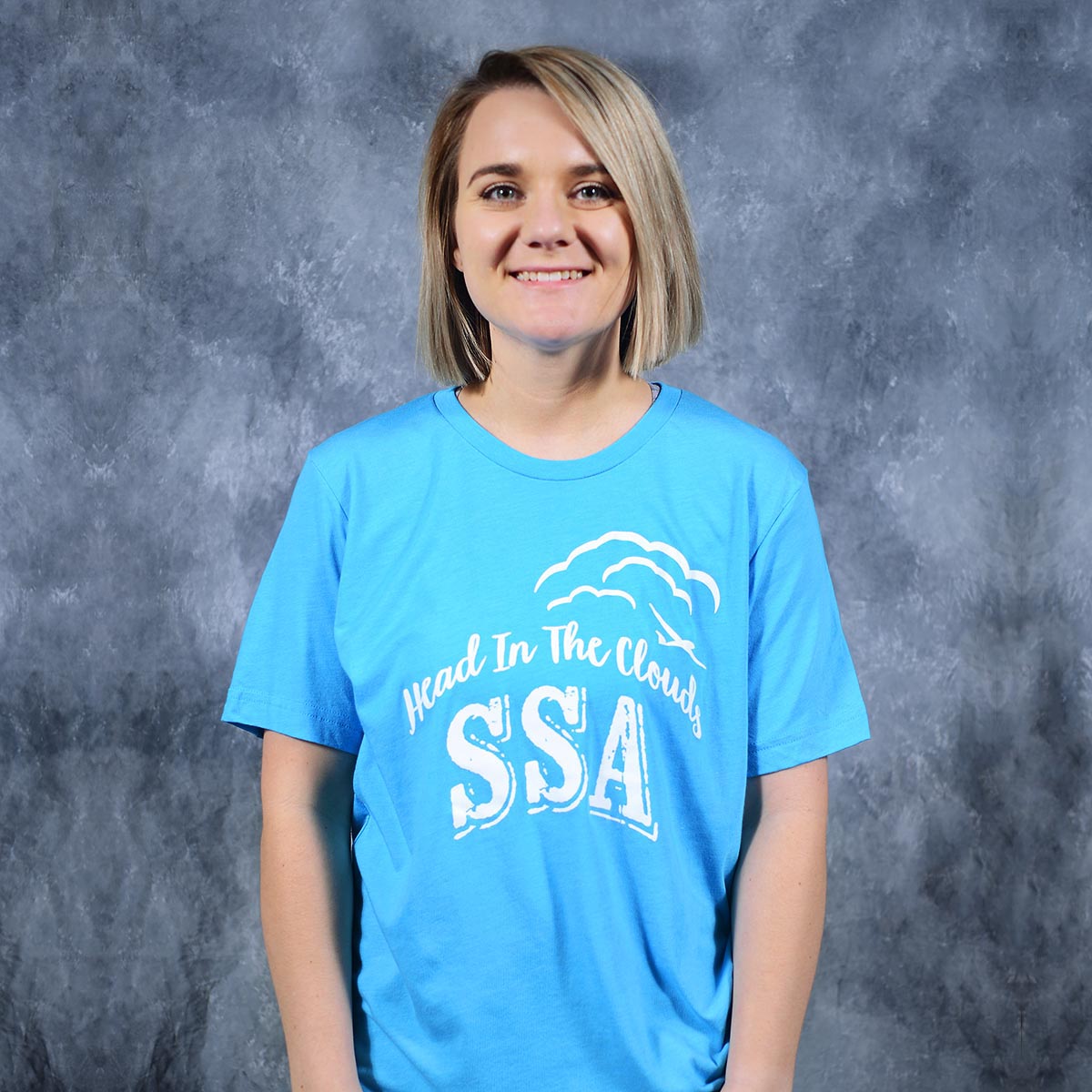What is Soaring
The terms gliding & soaring are used interchangeably.
To fly as the hawk and eagle has been mankind’s dream for centuries. Modern sailplanes make soaring flight possible, and with them humans can fly higher, faster, and farther than the greatest of birds, using only an invisible force of nature to stay aloft. The sport is called “soaring” and to pilot as well as spectator, it has universal appeal. The terms gliding and soaring are used interchangeably. There are many soaring sites in the United States. Visit one and you are likely to find the pilots are men, women, and young people whose experience in sailplane flying may vary greatly, but who share a common bond in being participants in one of the world’s most satisfying and exhilarating sports. How else, within an hour or so of your home, can you become Columbus or Magellan, exploring the unknown?
One of the world’s most satisfying & exhilarating sports.
Soaring offers a sense of freedom unique in sports. As a soaring pilot you are no longer earthbound; as your pilot skills increase, you will learn to venture away from the airport in a sailplane, relying on your own skills and judgment in analyzing the terrain and weather. Instead of passively enjoying the countryside or the sky, you will actively look for lift clues in the air, such as birds and the maturity of cumulus clouds; and you’ll gain respect for areas on the ground that can help or hinder you in meeting the continuing challenge of staying aloft.
A Sense of Freedom
The intellectual challenge of soaring is its main appeal to many glider pilots. Gravity tells you that you and your machine, which together may weigh 500 to 2000 pounds, have no business staying aloft and that your place is on the ground since you have no engine to stay airborne. You know that the sun and the wind are providing an invisible force frequently far stronger than the force of gravity, but it’s up to you to make the most of that force through your interpretation of it and of your own pilot skills. The best combination brings the longest flight, the highest altitude gain, or the fastest speed in a contest.
The sun & wind provide an invisible force.
For sheer beauty, the sport of soaring is unsurpassed. Sailplanes may vary widely in design but they are all graceful – especially when moving through the sky. Seeing the familiar earth drop away and become ever smaller creates a profound feeling of awe as your sailplane climbs toward the clouds. And the clouds themselves take on new meaning and importance as the earth becomes divided into friendly areas of lift or unfriendly areas of sink. The pilot can enjoy a special kind of relaxation, too. Aside from the swish of wind over the wings, there’s the meditative silence that can have a refreshing unwinding effect. The gain in altitude seems to leave mundane cares on the surface of the earth far below.
GETTING STARTED FAQS
Typical flight speeds are about 60 mph but can be as high as 160 mph and as low as 30 mph.

“Lift”, rising air. It is an exercise in relativity: a sailplane typically sinks 200 feet per minute (about 2 mph) through the air that surrounds it. If that air is moving upwards faster than 2 mph, the glider rises relative to the ground. In the early 1920s, glider pioneers were doubtful that consistent large upward currents of 2 mph could reliably develop in the atmosphere and be exploited by pilots. Perhaps soaring was only for the birds, slow and maneuverable as they were. Once they tried, they soon found out that useful lift is quite common and it is a rare day that a glider cannot do at least a little soaring.
Most instructors feel that 30 to 35 flights are the minimum needed for most people with no previous flight experience. An experienced power (airplane) pilot can generally solo a sailplane in less than 10 flights. Gliders and glider pilots are regulated by the Federal Aviation Administration (FAA) who set the minimum requirements for pilot certificates.
The cost to become a Private Pilot-Glider varies greatly from person-to-person depending on the amount of time needed to master the necessary skills. In addition, each soaring club offers different rates both for instruction and for aircraft rentals. Call your local soaring club for detailed information.
Most gliders typically do not have a propellor and are launched by an aerotow, that is they are pulled by a rope up to about 2,000′ by another power-driven aircraft. Once airborne, a glider or sailplane uses only atmospheric uplift (rising air) to gain height and can usually fly faster than the wind. Soaring is the art of developing skills and knowledge as a pilot to use this rising air for flight.







